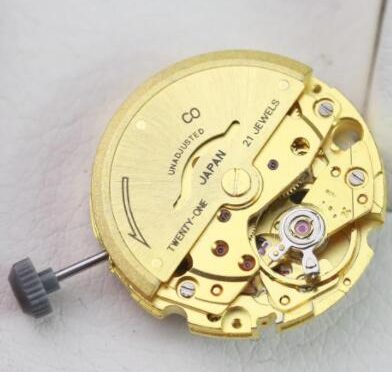
hot japan movement brand swiss luxury replica watch
As mentioned above, Japanese movements are considered very practical, with more emphasis on precision and a cost-effective build, and less on looks. These movements are created on automated assembly lines, which helps keep costs down for manufacturers.
The differences between Swiss and Japanese movements are mostly that Swiss movements are typically more aesthetically designed, whereas Japanese movements are built more with precision and accuracy in mind. … Swiss movements are held in high regard by many watchmakers, and collectors, for a multitude of reasons.
The quartz movement of today is highly reliable, very accurate and is the clear choice over mechanical foe most people. Either a swiss or japanese brand quartz will be an excellent choice. If I were you I would focus on the style and exterior features as well as a brand name recognized by women.
Although Fossil may use Japanese made Miyota quartz movements, that information is typically not printed on the dial. … Chances are that if you stumble across a Fossil watch that is stamped Japan Movement, it is a genuine Fossil for whatever that is worth.
If you have your mind set on a high-end luxury watch, a mechanical movement will surely be your choice. Manual mechanical watches are powered by a winding mechanism. In order to keep this type of watch running optimally, you should wind it daily. In fact, it’s best to wind your manual watch at the same time each day.
When a watch says “Japan Movement” on the dial or case that just means that the watch’s movement was made in Japan.
What is the Japanese Quartz Movement? A movement is the engine of a watch that makes sure you arrive at your appointments on time. It acts as the powerhouse to make the watch tick. To give you a little bit of history, the Quartz movement began with Japanese watchmakers in 1969 as an alternative to mechanical movements.